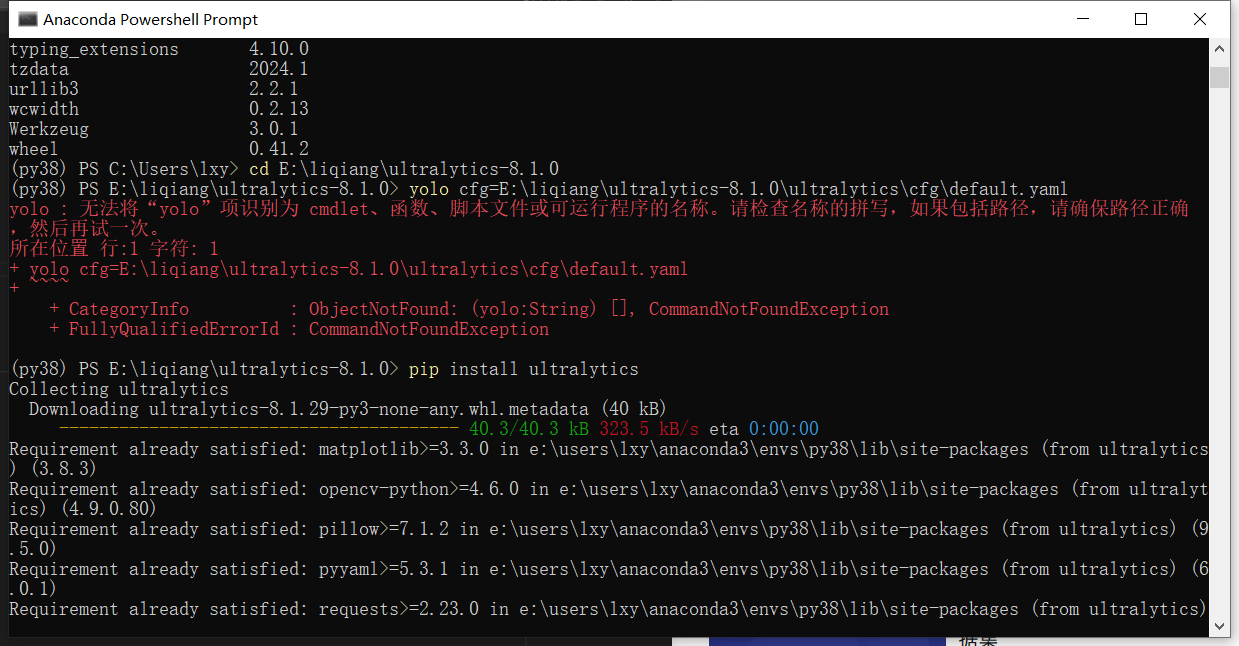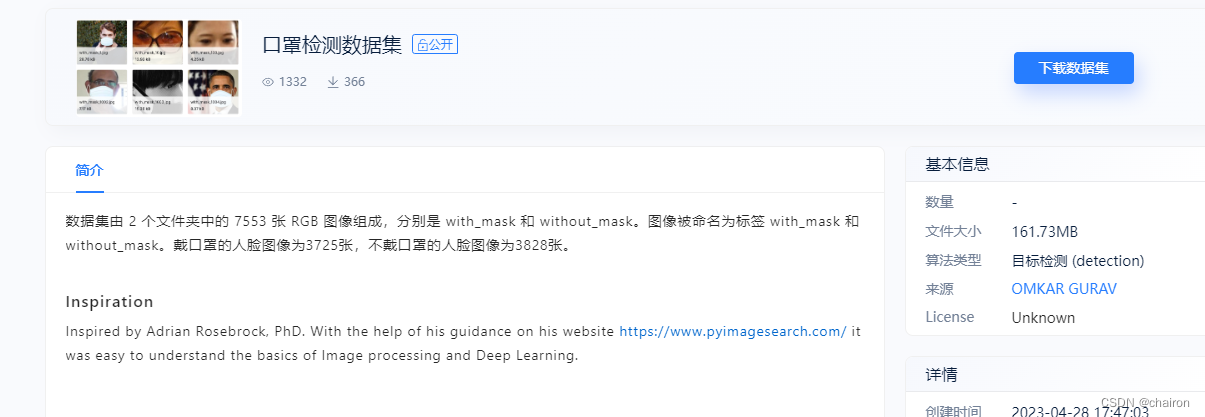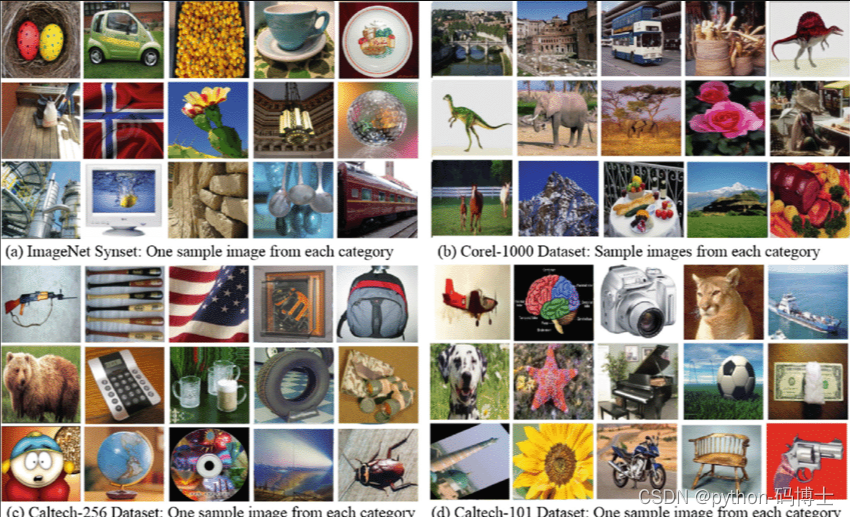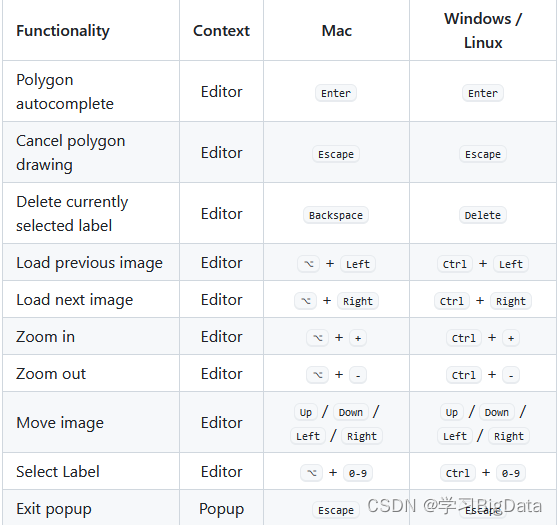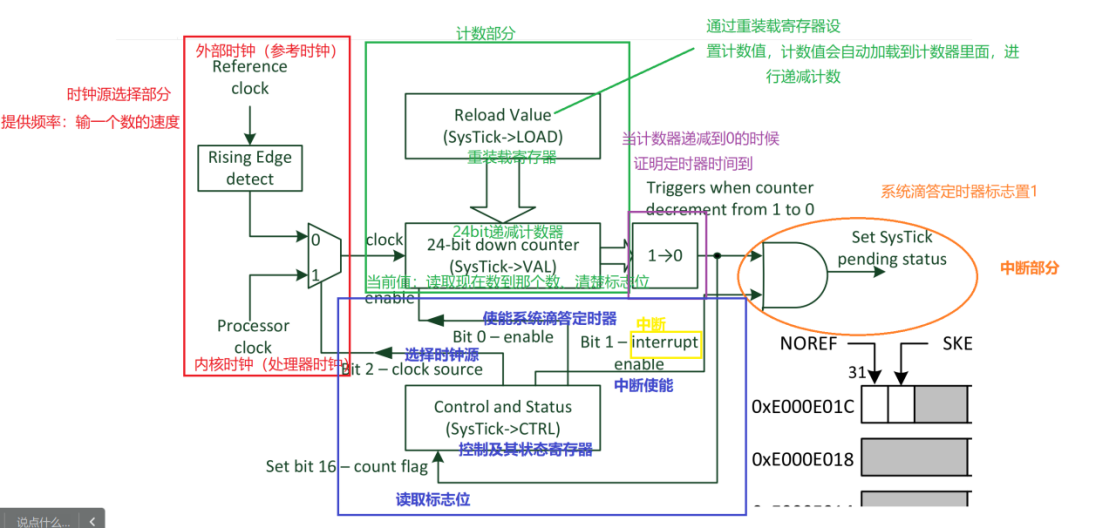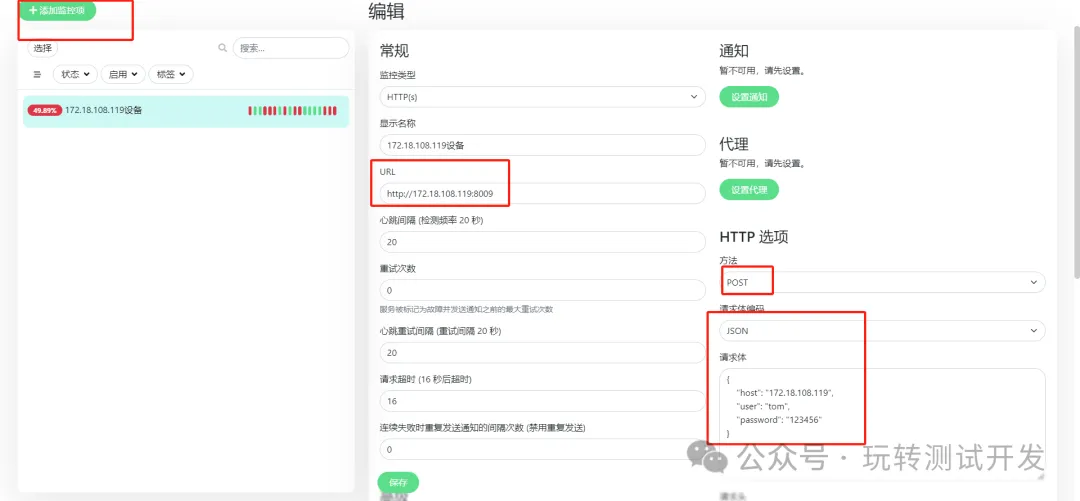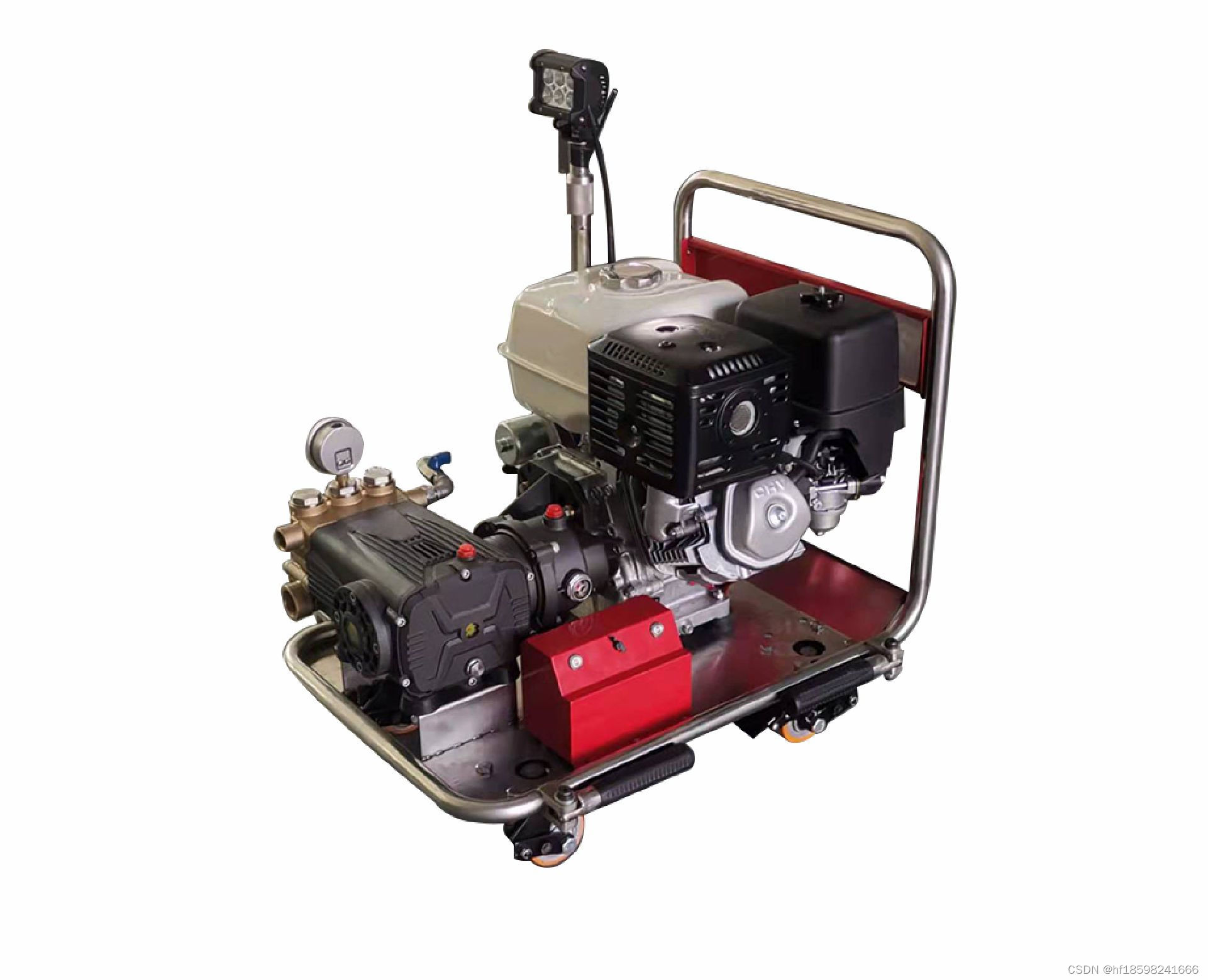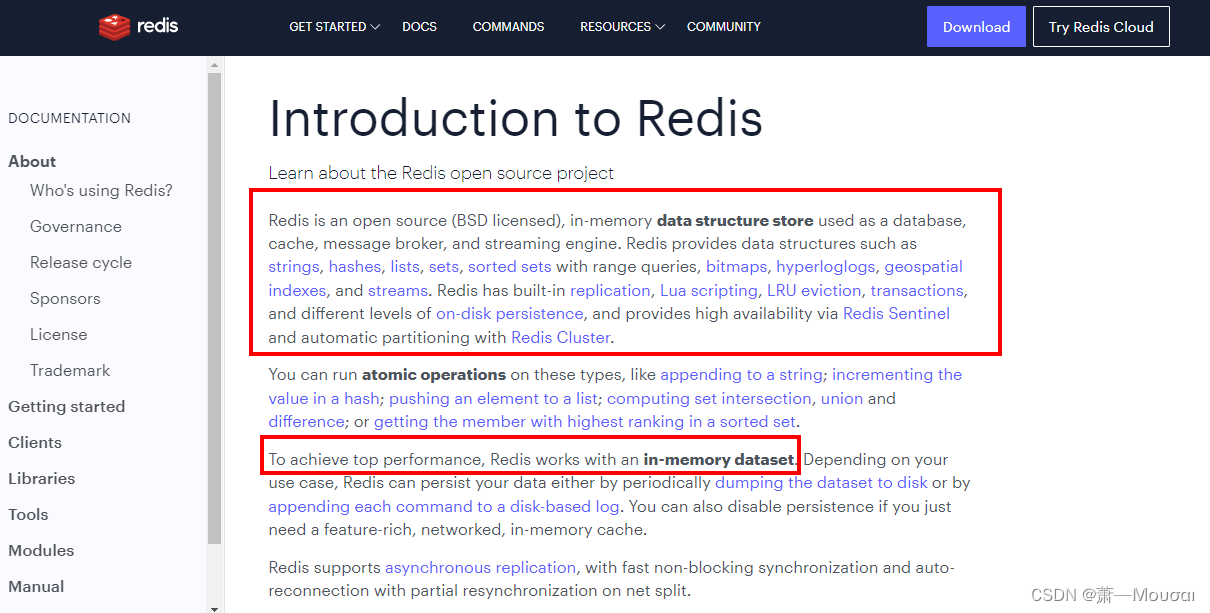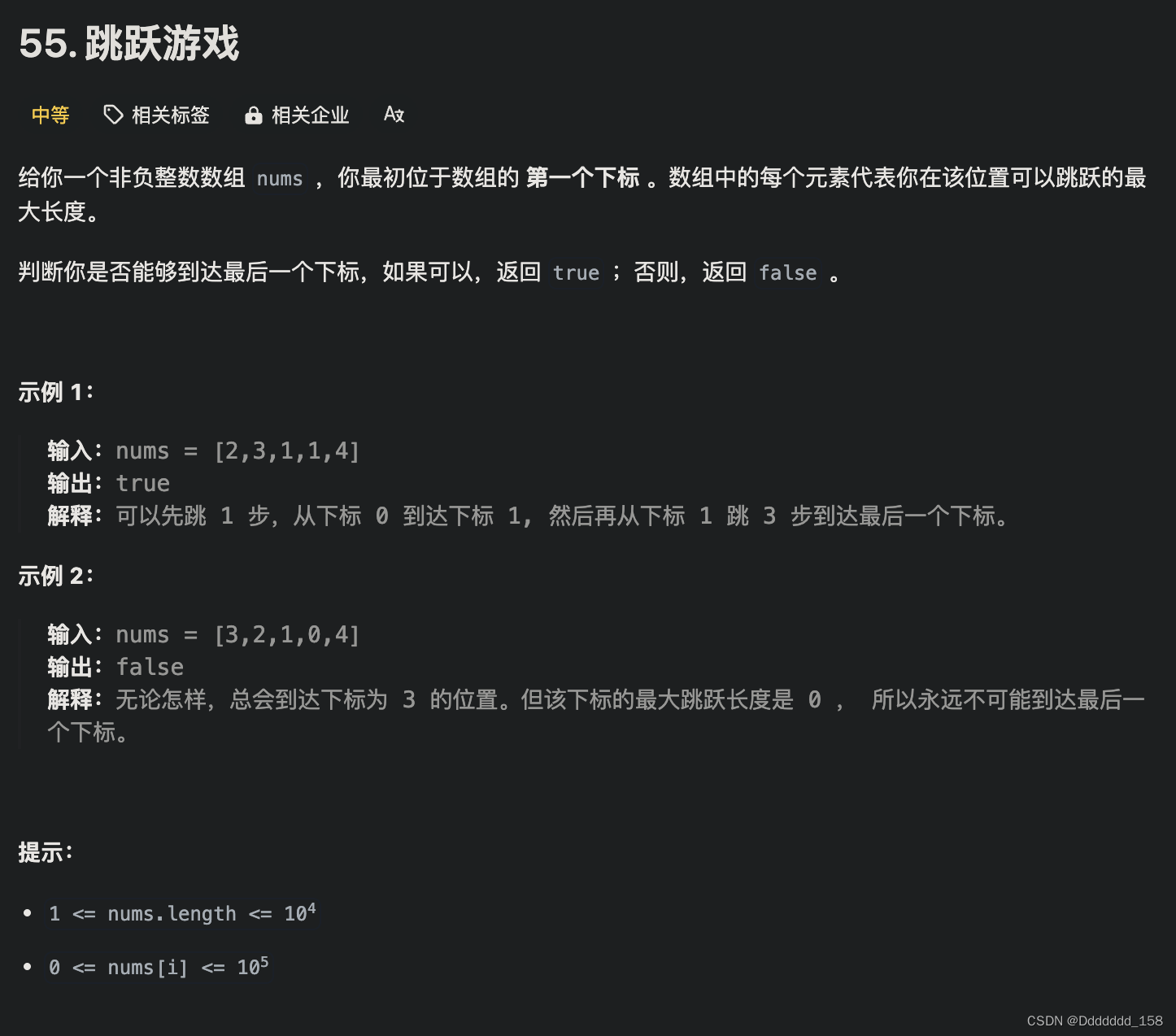制作自己的YOLO8数据集
前言
该数据集的格式参照于coco数据集结构✨
步骤一:收集图像数据
从互联网上下载公开的数据集,也可以使用摄像头或其他设备自行采集图像,确保你的图像数据覆盖了你感兴趣的目标和场景

步骤二:安装Labelme并使用
Labelme是开源的图像标注工具,常用做检测,分割和分类任务的图像标注
在电脑中安装Anaconda,然后打开Anaconda Powershell Prompt
# 安装
pip install labelme
# 运行
labelme
打开图像文件夹,进行标注,添加标签(记得在文件界面,打开自动保存)
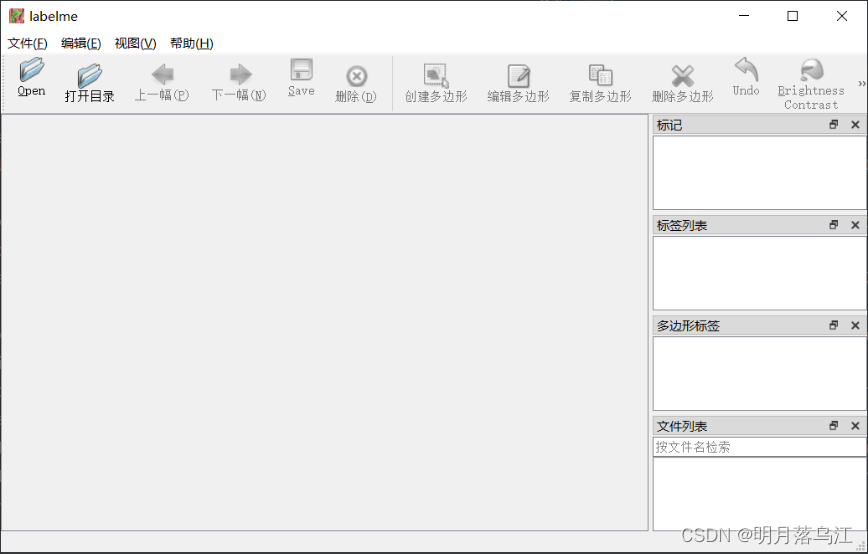
Labelme将标注结果保存为JSON格式的文件,其中包含了图像路径、标注框的位置和类别信息
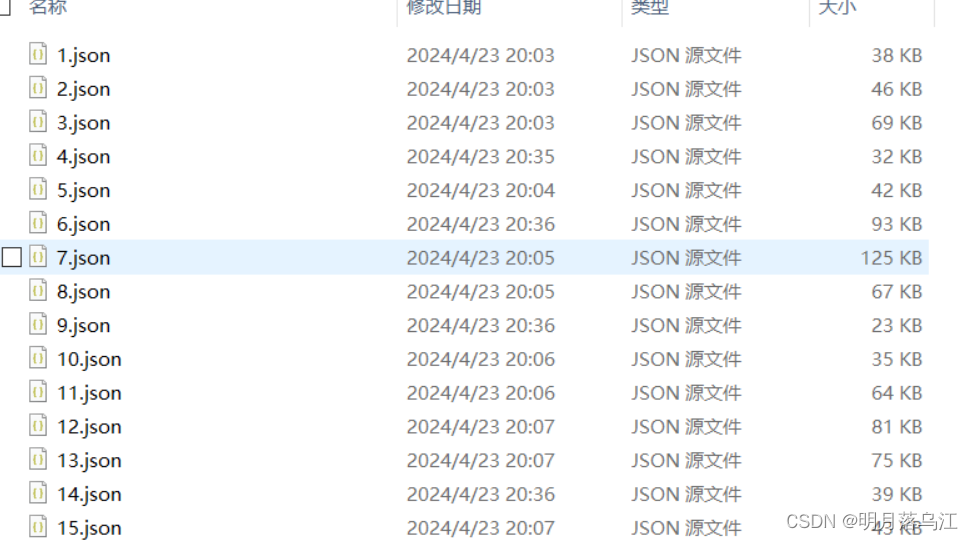
步骤三:对数据进行处理
yolov8要求的的标注文件是txt格式,要先从json转成txt
新建两个文件夹,json_dir和txt_dir,把脚本放在同一目录
import os
import json
import argparse
from tqdm import tqdm
def convert_label_json(json_dir, save_dir, classes):
# 确保保存目录存在,如果不存在则创建
if not os.path.exists(save_dir):
os.makedirs(save_dir)
# 将传入的类名字符串转换为列表
classes_list = classes.split(',')
# 列出json_dir中的所有JSON文件
json_paths = [f for f in os.listdir(json_dir) if f.endswith('.json')]
# 使用tqdm显示进度条
for json_path in tqdm(json_paths, desc='Converting JSON to TXT', unit='file'):
# 构建完整的文件路径
path = os.path.join(json_dir, json_path)
with open(path, 'r', encoding='utf-8') as load_f:
json_dict = json.load(load_f)
# 获取图像的宽度和高度
h, w = json_dict['imageHeight'], json_dict['imageWidth']
# 构建TXT文件的保存路径
txt_path = os.path.join(save_dir, json_path.replace('.json', '.txt'))
# 打开TXT文件准备写入
with open(txt_path, 'w', encoding='utf-8') as txt_file:
for shape_dict in json_dict['shapes']:
label = shape_dict['label']
# 确保标签在类名列表中
if label in classes_list:
label_index = classes_list.index(label)
points = shape_dict['points']
# 归一化点坐标并转换为字符串
points_nor_list = [str(p[0] / w) + ' ' + str(p[1] / h) for p in points]
# 将归一化坐标和标签写入TXT文件
txt_file.write(f'{label_index} {" ".join(points_nor_list)}\n')
if __name__ == "__main__":
parser = argparse.ArgumentParser(description='Convert JSON label files to TXT format')
parser.add_argument('--json-dir', type=str, required=True, help='Directory containing JSON files')
parser.add_argument('--save-dir', type=str, required=True, help='Directory to save TXT files')
parser.add_argument('--classes', type=str, required=True, help='Comma-separated list of class names')
args = parser.parse_args()
json_dir = args.json_dir
save_dir = args.save_dir
classes = args.classes
convert_label_json(json_dir, save_dir, classes)
运行,person是标注的信息,可多选("person,dog")(请确保你的文件地址填写正确,下面是我的文件地址)
python totxt.py --json-dir "D:\Desktop\person\json_dir" --save-dir "D:\Desktop\person\txt_dir" --classes "person"

处理结果
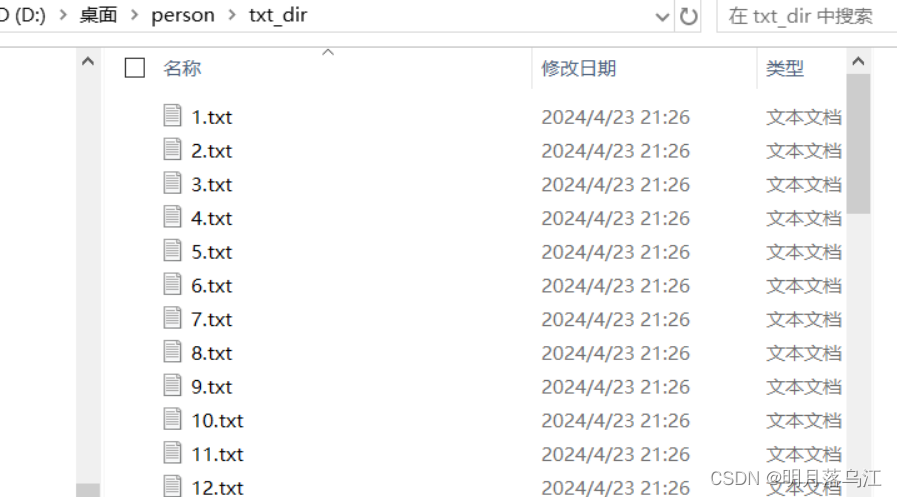
步骤三:对数据集的划分
对数据集的划分:训练集,验证集和测试集,把脚本放在文件目录里
import os
import shutil
import argparse
import random
# 检查文件夹是否存在,如果不存在则创建
def mkdir_if_not_exist(path):
if not os.path.exists(path):
os.makedirs(path)
def split_dataset(image_dir, txt_dir, save_dir, train_ratio, val_ratio, test_ratio):
# 创建保存目录
mkdir_if_not_exist(save_dir)
images_dir = os.path.join(save_dir, 'images')
labels_dir = os.path.join(save_dir, 'labels')
# 创建子目录
for subdir in ['train', 'val', 'test']:
mkdir_if_not_exist(os.path.join(images_dir, subdir))
mkdir_if_not_exist(os.path.join(labels_dir, subdir))
# 获取所有txt文件并分配到不同的数据集
txt_files = [f for f in os.listdir(txt_dir) if f.endswith('.txt')]
total_count = len(txt_files)
train_count = int(total_count * train_ratio)
val_count = int(total_count * val_ratio)
test_count = total_count - train_count - val_count
indices = list(range(total_count))
random.shuffle(indices) # 随机打乱索引
train_indices = indices[:train_count]
val_indices = indices[train_count:train_count + val_count]
test_indices = indices[train_count + val_count:]
for i, txt_file in enumerate(txt_files):
base_name = os.path.splitext(txt_file)[0]
src_img_path = os.path.join(image_dir, base_name + '.jpg')
src_txt_path = os.path.join(txt_dir, txt_file)
if i in train_indices:
dst_img_path = os.path.join(images_dir, 'train', base_name + '.jpg')
dst_txt_path = os.path.join(labels_dir, 'train', base_name + '.txt')
elif i in val_indices:
dst_img_path = os.path.join(images_dir, 'val', base_name + '.jpg')
dst_txt_path = os.path.join(labels_dir, 'val', base_name + '.txt')
else:
dst_img_path = os.path.join(images_dir, 'test', base_name + '.jpg')
dst_txt_path = os.path.join(labels_dir, 'test', base_name + '.txt')
shutil.copy(src_img_path, dst_img_path)
shutil.copy(src_txt_path, dst_txt_path)
if __name__ == '__main__':
parser = argparse.ArgumentParser(description='Split dataset into train, validation and test sets')
parser.add_argument('--image-dir', type=str, required=True, help='Directory containing images')
parser.add_argument('--txt-dir', type=str, required=True, help='Directory containing txt files')
parser.add_argument('--save-dir', type=str, required=True, help='Directory to save the split dataset')
parser.add_argument('--train-ratio', type=float, default=0.7, help='Ratio for training set')
parser.add_argument('--val-ratio', type=float, default=0.15, help='Ratio for validation set')
parser.add_argument('--test-ratio', type=float, default=0.15, help='Ratio for test set')
args = parser.parse_args()
image_dir = args.image_dir
txt_dir = args.txt_dir
save_dir = args.save_dir
train_ratio = args.train_ratio
val_ratio = args.val_ratio
test_ratio = args.test_ratio
split_dataset(image_dir, txt_dir, save_dir, train_ratio, val_ratio, test_ratio)
运行(请确保你的文件地址填写正确,下面是我的文件地址)
python totrack.py --image-dir "D:\Desktop\person\image_dir" --txt-dir "D:\Desktop\person\txt_dir" --save-dir "D:\Desktop\person\split_dir" --train-ratio 0.7 --val-ratio 0.15 --test-ratio 0.15
- –image-dir:存放图片的目录
- –txt-dir:存放标注文本的目录
- –save-dir:划分后数据集的保存目录
- –train-ratio:训练集占总数据集的比例(可选)
- –val-ratio:验证集占总数据集的比例(可选)
- –test-ratio:测试集占总数据集的比例(可选)
预期效果
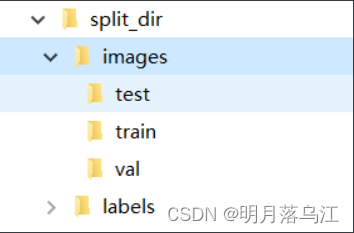
后记
此为本人学习成果的呈现,若文中有任何不妥或错误,恳请各位读者予以谅解(。_。)

